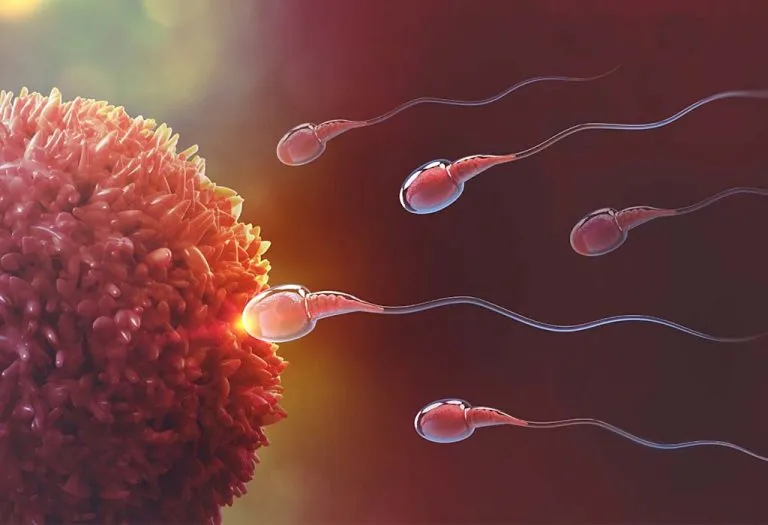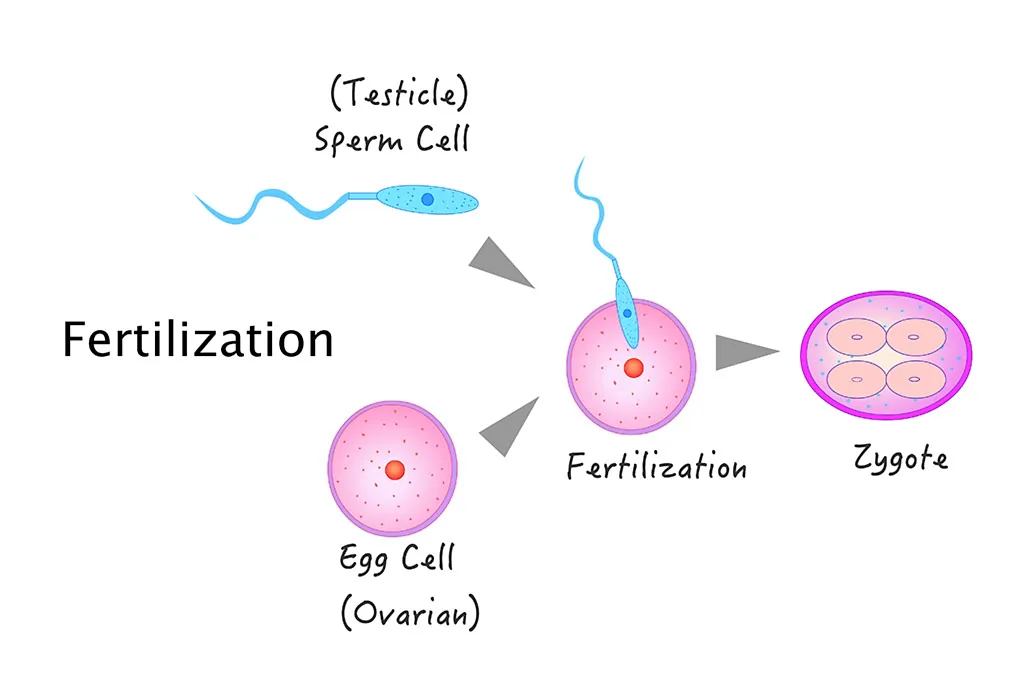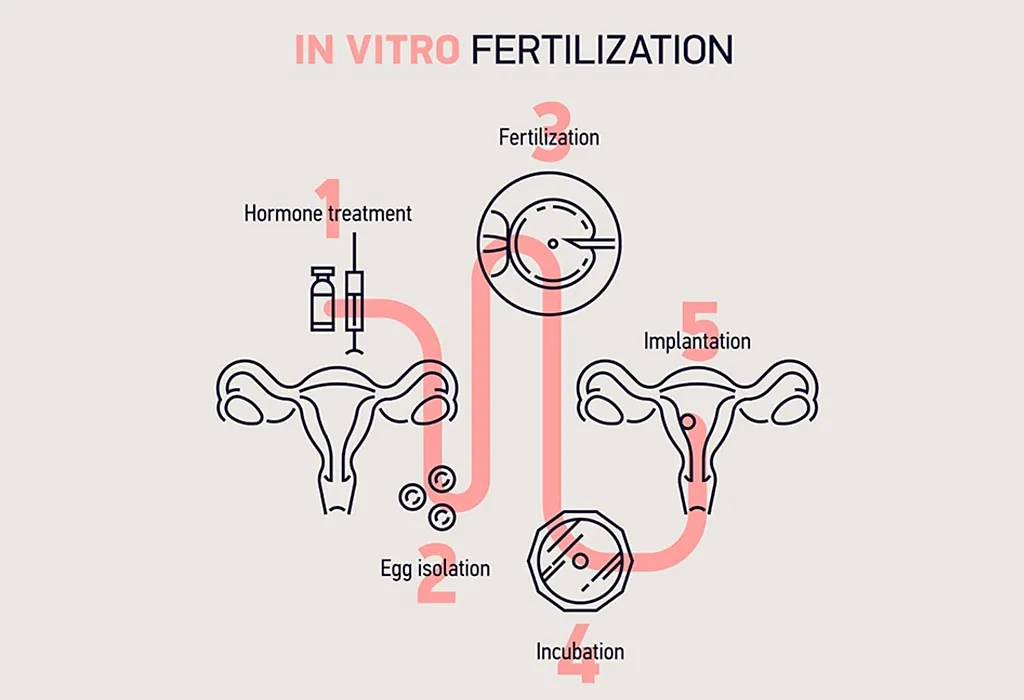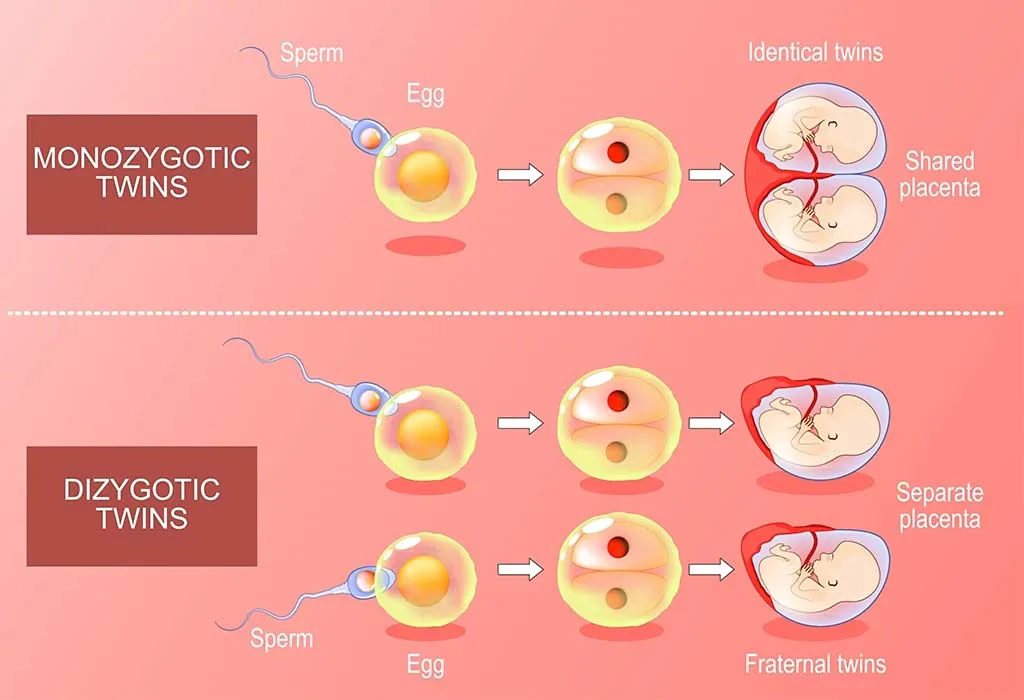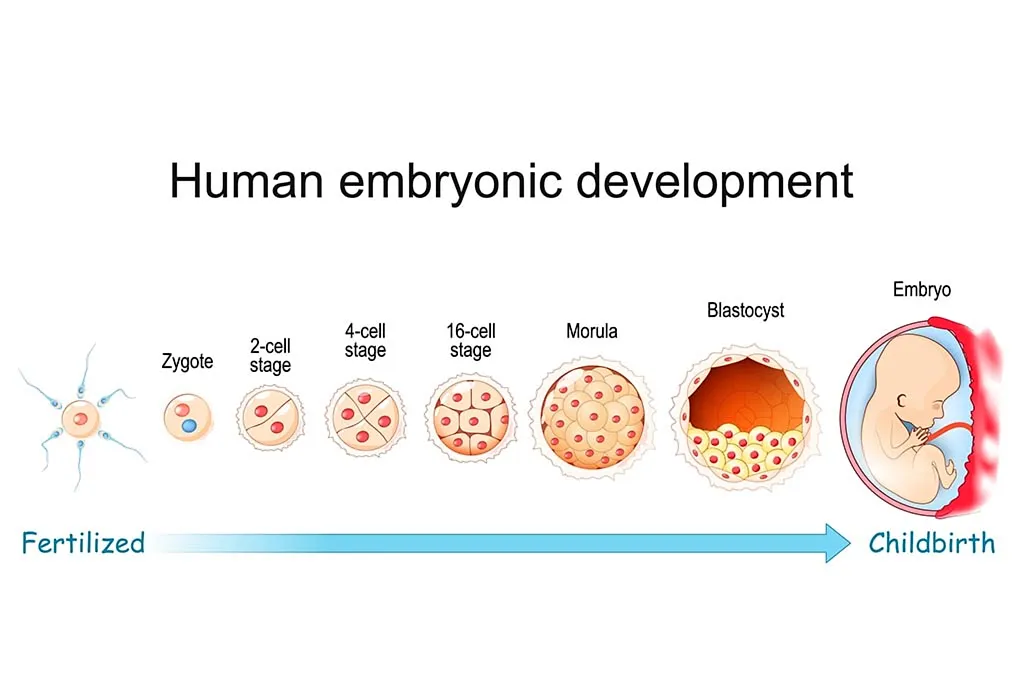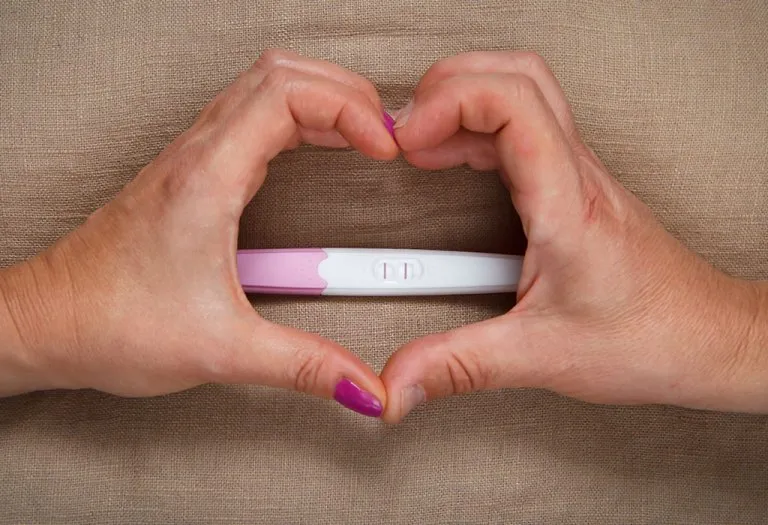Role of Zygote in Fetal Development
The journey of human life begins with a single cell called the zygote, formed when a sperm fertilises an egg. Though microscopic, the zygote plays a monumental role in fetal development. This tiny cell holds all the genetic information needed to create a complete human being and is the foundation from which all other cells in the body will grow. From this single cell, a complex process of division and differentiation begins, setting the stage for the development of organs, systems, and the eventual birth of a baby.
Curious about how this little cell becomes a whole human being? Read on to learn all about the developing zygote and its essential role in fetal development.
What Is a Zygote?
A zygote is a fertilised egg—the very first stage of human development. In scientific terms, the zygote definition refers to this single cell that contains a complete set of genetic material from both parents, providing the blueprint for a new individual. This initial cell holds the DNA that will guide all future development as it begins to divide and grow into a multicellular organism (1).
How Is a Zygote Formed?
A zygote is formed through a process called fertilisation. Zygote fertilisation occurs when a sperm cell from the male successfully penetrates the outer surface of an egg cell from the female. This happens in the fallopian tube shortly after ovulation. During fertilisation, the sperm and egg each contribute half of the genetic material needed to create a complete set of DNA, resulting in a single cell with a complete set of chromosomes—this is the zygote. Once formed, the zygote immediately begins to divide and grow, marking the start of a new life and the earliest stages of human development (13).
How Many Days Does the Zygote Phase Last?
The zygote phase is brief, typically lasting about four days after fertilisation. During this phase, the zygote travels down the fallopian tube toward the uterus. As it moves, it undergoes rapid cell division, transforming from a single cell into a cluster of cells. Around the fourth day, the zygote becomes a structure called a blastocyst, marking the end of the zygote phase and the beginning of the next stage in early development.
Common Complications in the Zygote Stage
The zygote stage is a critical early phase of development, but complications can sometimes prevent it from progressing successfully. Here are some common complications that may arise during the zygote stage:
1. Chromosomal Abnormalities
Chromosomal abnormalities occur when there are errors in the genetic material of the zygote. This is a common cause of pregnancy loss in the first few weeks.
Chromosomal abnormalities can be numerical or structural. Numerical abnormalities occur when a chromosome is missing or extra, as seen in conditions like Down syndrome (Trisomy 21). Structural abnormalities happen when a chromosome is altered; sections may be deleted, duplicated, or rearranged (11).
2. Failure to Implant
After fertilisation, the zygote travels to the uterus and successfully implant into the uterine lining. Sometimes, due to factors like hormonal imbalances or uterine health issues, the zygote fails to implant, which prevents pregnancy from continuing.
3. Ectopic Pregnancy
In rare cases, the fertilised zygote implants outside the uterus, most commonly in a fallopian tube. This is known as an ectopic pregnancy and is a serious complication that cannot result in a viable pregnancy, often requiring medical intervention to prevent health risks to the mother (12).
How Does Assisted Reproduction Help to Create Zygotes?
Assisted reproduction techniques have revolutionised fertility treatment by helping create zygotes outside the body. These methods assist couples struggling with infertility or those seeking to achieve a pregnancy through a surrogate.
Here are some common methods used in assisted reproduction to create a zygote:
- Medications: They can stimulate egg or sperm production, increasing the chances of fertilisation and zygote formation.
- Intrauterine Insemination (IUI): This method involves placing sperm directly into the uterus, allowing it to reach the egg more easily and form a zygote within the body (8).
- In Vitro Fertilisation (IVF): In IVF, eggs and sperm are combined outside the body in a lab. After fertilisation, the resulting zygote grows into an embryo, which can then be transferred to the uterus (9).
- Embryo Cryopreservation: It enables embryos created through IVF to be frozen and stored for future use, giving patients flexibility in planning pregnancy (10).
How Does a Zygote Develop Into Twins?
Twin zygote form in the earliest stages of development. While most pregnancies begin with a single zygote that develops into one baby, certain conditions can lead to the development of twins. Here’s how a zygote can develop into two separate individuals:
1. Identical (Monozygotic) Twins
Identical twins are twins that develop when a single zygote splits into two separate cells within the first week after fertilisation. This results in two genetically identical embryos, each carrying the exact same DNA, leading to twins who look remarkably alike and are of the same sex. Depending on when the split occurs, identical twins may share the same amniotic sac and placenta (3) (5).
2. Fraternal (Dizygotic) Twins
Fraternal twins occur when two separate eggs are fertilised by two different sperm cells. In this case, each zygote develops independently, creating twins who are genetically similar like typical siblings, rather than identical, and may be of different sexes. Since they develop from separate zygotes, fraternal twins have their own amniotic sac and placenta (4).
What Is the Difference Between Embryo and Zygote?
A chromosomally normal zygote contains 23 pairs of chromosomes, combining genetic material from both the sperm and egg at fertilisation to form a single cell. Once formed, this single cell initiates a process of rapid division—first becoming two cells, then four, then eight, and so on.
As the cell division continues, the zygote develops into a morula, a compact cluster of cells that moves along the fallopian tube toward the uterus. By around day five, the morula transitions into a blastocyst, a structure with a fluid-filled cavity that contains cells to form the placenta and the future baby (14).
When the blastocyst reaches the uterus, it implants into the uterine lining, marking the start of pregnancy. At this stage, it will transform from zygote to embryo, and it will continue developing in the embryonic phase until the eighth week of gestation, after which it progresses to the fetal stage (2).
FAQs
1. Can a zygote be genetically altered?
Yes, in some cases, a zygote can be genetically altered through techniques such as gene editing. This is a subject of ongoing research and is being studied for medical applications, such as preventing genetic diseases or enhancing certain traits (6).
2. How is the sex of the baby determined?
The sex of the baby is determined at the moment of fertilisation. The egg only gives an X chromosome, whereas the sperm contributes an X or Y chromosome. If the sperm carries an X chromosome, the zygote will be female (XX). If the sperm carries a Y chromosome, the zygote will be male (XY) (7).
References/Resources:
1. zygote; Encyclopedia Britannica; https://www.britannica.com/science/zygote
2. Oliver. R, Basit. H; Embryology, Fertilization; National Library of Medicine; https://www.ncbi.nlm.nih.gov/books/NBK542186/
3. Pregnant with twins; NHS; https://www.nhs.uk/pregnancy/finding-out/pregnant-with-twins/
4. FRATERNAL TWINS; National Human Genome Research Institute; https://www.genome.gov/genetics-glossary/Fraternal-Twins
5. IDENTICAL TWINS; National Human Genome Research Institute; https://www.genome.gov/genetics-glossary/identical-twins#
6. What is genome editing?; National Human Genome Research Institute; https://www.genome.gov/about-genomics/policy-issues/what-is-Genome-Editing
7. Week 2; Nemours KidsHealth; https://kidshealth.org/en/parents/week2.html
8. Intrauterine Insemination (IUI); UCSF Health; https://www.ucsfhealth.org/treatments/intrauterine-insemination
9. IVF; NHS; https://www.nhs.uk/conditions/ivf/
10. CRYOPRESERVATION (EMBRYO, EGG AND SPERM FREEZING); University Hospitals Coventry and Warwickshire; https://www.uhcw.nhs.uk/ivf/treatments/cryopreservation/
11. CHROMOSOMAL ABNORMALITIES; National Library of Medicine; https://www.ncbi.nlm.nih.gov/books/NBK115545/
12. Ectopic pregnancy; NHS; https://www.nhs.uk/conditions/ectopic-pregnancy/
13. Khan. Y. S, Ackerman. K. M; Embryology, Week 1; National Library of Medicine; https://www.ncbi.nlm.nih.gov/books/NBK554562/
14. First Week (Days 1-7); University of Michigan Medical School; https://www.med.umich.edu/lrc/coursepages/m1/embryology/embryo/03firstweek.htm
Also Read:
Female Genital Tuberculosis
Diaphragm Contraceptive – A Birth Control Method
Low Dose Birth Control – What It is, Pros & Cons
Was This Article Helpful?
Parenting is a huge responsibility, for you as a caregiver, but also for us as a parenting content platform. We understand that and take our responsibility of creating credible content seriously. FirstCry Parenting articles are written and published only after extensive research using factually sound references to deliver quality content that is accurate, validated by experts, and completely reliable. To understand how we go about creating content that is credible, read our editorial policy here.





